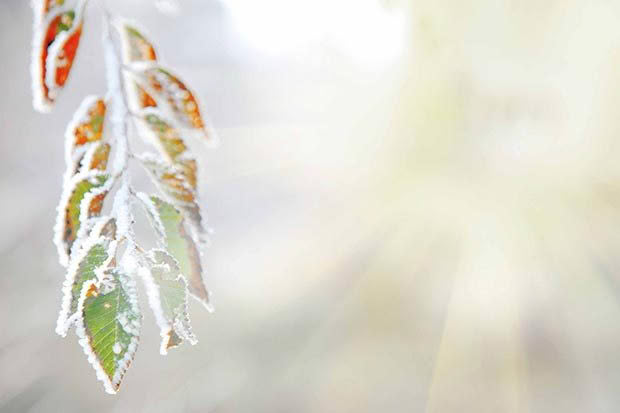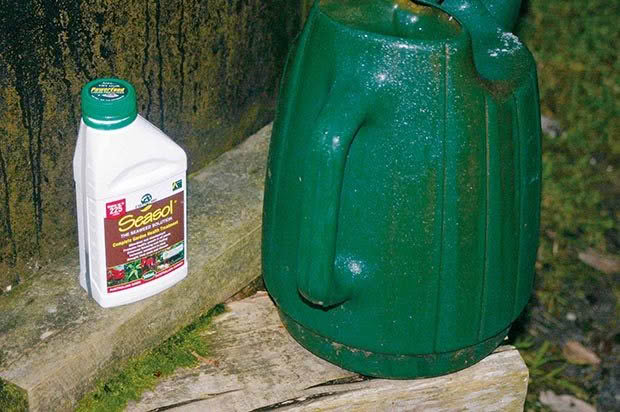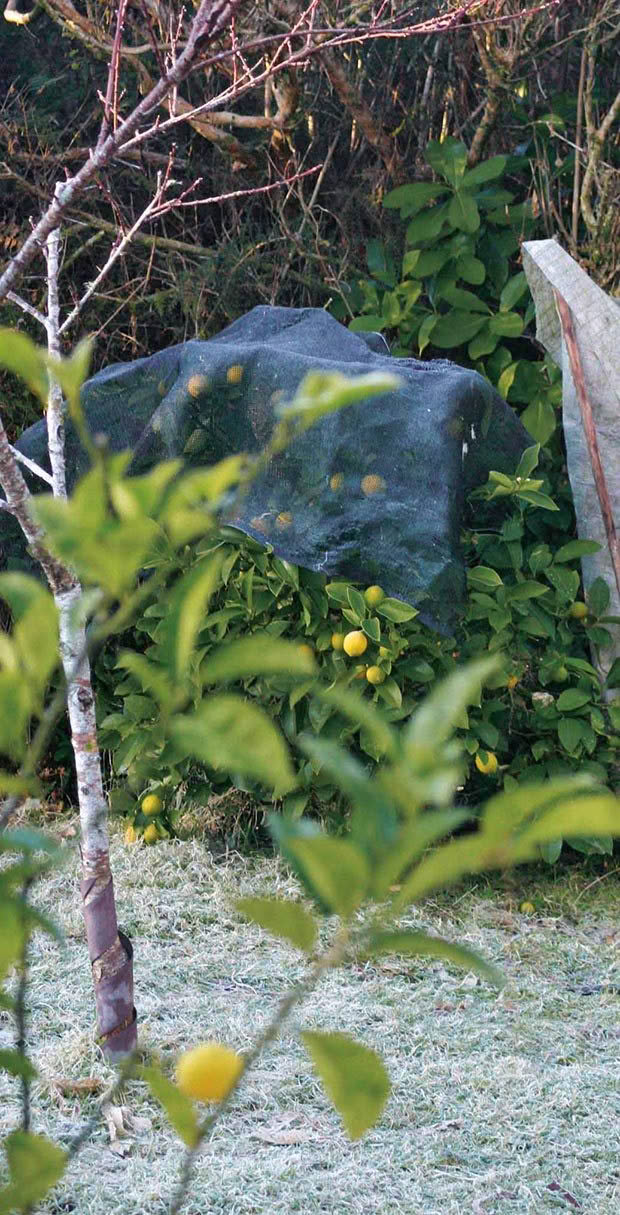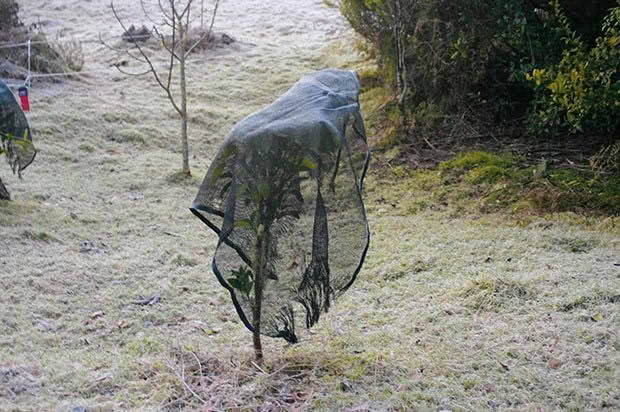2 secrets to getting your fruit trees through a frost

Two proven methods for helping frost-tender trees get through a big drop in temperature.
Words: Ben Gaia
It’s 8am on a cold West Coast morning and as the sun rises, the thermometer reads -5°C for the umpteenth time. I will be watering the trees today. Watering in winter? This is the secret to growing citrus trees and other tender subtropicals like strawberry guavas in a land where the mercury plunges at night to alpine sub zeros. Luckily, frost here on my block means a fine, sunny, almost spring-like day by mid-afternoon.
Most frost damage is done by the plants drying out as their available water freezes up. Watering established citrus in mid-winter can be as valuable to their survival as watering them in a drought summer. These citrus trees are in the ground, but without extra water and frost protection they might not look so happy.
Potted or containerised plants whose root area is limited will need even more attention: saucers, extra water, hay mulch around the stem, and frost cloth thrown over the top through winter’s worst month. Citrus survive best in quite a large capacity tub.

Seaweed solution.
Part of the secret to keeping them alive is to add a seaweed solution to the water. I hand water seedlings, the vege garden, in my tunnel house, and the citrus trees with a seaweed solution in the watering can. There are many good products now on the market including large commercial scale supplies for tractor-mounted sprayers. There must be something magical in seaweed: is it the salt, the iodine, some kind of natural anti-freeze? Or just that breath of mild sea air? Seaweed somehow softens the blow of a hard frost on your plants, and supplies a great variety of trace elements, should any part of your orchard stock be lacking in them.
HOW TO OFFER THE BEST PHYSICAL FROST PROTECTION

MEYER LEMON WITH SHELTER TREES
The photo above shows a -5°C frost in August less than 1km from the sea in the South Island. But with help, these Meyer lemons and lemonade trees survived and are now fruiting after a few years of growth. This is in an area known for its high rainfall and they’re not too far from the glaciers and icefields of the Southern Alps either.
Take a close look and you’ll see that my Meyer lemon is planted up against taller shelter trees (Fuchsia excorticata, Pittosporum crassifolium) which almost overhang it and surround it with shelter from the chilly southerly.
The deep green foliage under the trees is almost frostfree, while there is white frost on the open paddock in front. In contrast, the peach tree (at left) is quite happy with this level of chill and is even budding as it thinks it’s spring and time for a peach. Frost is really good for pip and stone fruit. Late frosts are bad for delicate blossoms like almonds, walnuts, grapes and apricots, nipping the buds and reducing the fruit set.
PROPERLY DRESSED

This is black shadecloth wrapped around the lemonade tree as a temporary measure. Good results can be had from hammering four stakes around a tree, then stapling frost cloth or windbreak in a double fold over the top of the trees. This method protects them from descending frosty air at night, and from hail, but just as importantly, it still allows free air movement around the tree rather than trapping the tree in a cage of cold shade, which too much over-zealous protection can do.
Planting location is important too. Think ahead and don’t plant your trees where winter shade is going to last half the day. They like to warm up and get those rays when the sun is about.
About the author
Ben Gaia grows trees in the extreme climate of the West Coast of the South Island and runs a mail order nursery for organic fruit and forestry trees, www.dialatree.co.nz
Love this story? Subscribe now!
 This article first appeared in NZ Lifestyle Block Magazine.
This article first appeared in NZ Lifestyle Block Magazine.
